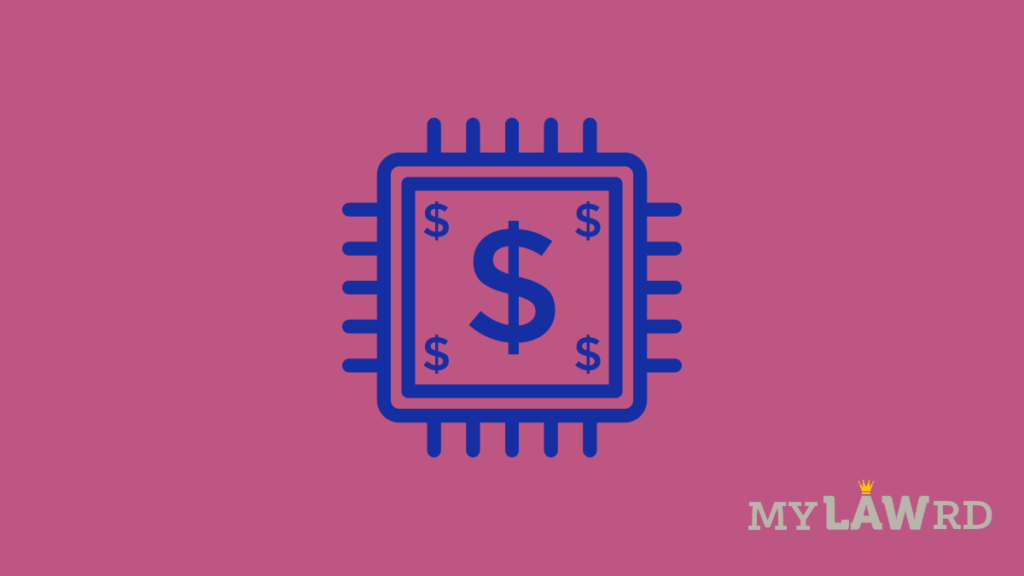Tobias Adrian, Financial Counsellor and Director Monetary and Capital Markets Department, International Monetary Fund (IMF), has said that about 80-100 Central Banks around the world, including G20 nations, are exploring the Central Bank Digital Currency (CBDC). He made the comments at the Global FinTech Fest, a 3-day event attended by over 26,000 delegates from 121 countries.
“CBDCs different from Bitcoins”
Comparing CBDC with cryptocurrencies, Adrian said the former is designed to be very stable, carry low transaction costs, and is backed by the Central Bank for added consumer confidence. On the other hand, Bitcoins fluctuate in value and are more like an investment asset.
Emphasizing the innovative potential of CBDC, he said it could be based on blockchain or could be available in wallets.
“It depends on the design whether it is based on existing payment systems or using very powerful blockchain technologies.”
Despite being different from Bitcoins, CBDCs could also allow cheaper cross-border transfers for small amounts of payments. Right now, some crypto exchanges allow individuals to convert US dollars into rupee stable coins. The transaction incurs a fee lower than cross-border payments that banks facilitate.
Cybersecurity a major challenge for CBDCs
Adrian also warned that cybersecurity could be a major challenge for CBDCs. He focused on the intersection between technology and humans, given humans are the weakest link to cybersecurity. He also talked about the need for banks to upgrade their technologies to compete with CBDCs.
NPCI, Fintech Convergence Councill, Payments Council of India, and Internet and Mobile Association of India (IAMAI) organised the event.
Why are Central Banks focusing on CBDC?
Cryptocurrencies facilitate seamless international money transfers, doing away with the need of banks. The favorite cryptocurrency for the purpose seems to be stablecoins. Aware of the threat that it poses to the USD, American officials are discussing if they should launch an investigation into stablecoins.
Besides, cryptocurrencies also grow in their value with time. Citing the danger, BIS recently said that Central Banks deliver price stability and financial stability- and they must retain their ability to do it. Many countries have openly entered the CBDC race.
Central banks around the world are exploring new units of their own. China was first in this race in March 2021. Other countries like the United Kingdom and Russia are also evaluating the possibility of launching their digital currencies. European Union intends to deploy a digital Euro by 2025. Nigeria is also on the way to launch a CBDC.
The Reserve Bank of India is also planning to launch CBDC pilots and may begin as soon as December this year. Australia, Singapore, Malaysia, and South Africa are planning to test the use of a shared digital currency platform for international settlements.
Do subscribe to our Telegram channel for more resources and discussions on technology law and news. To receive weekly updates, don’t forget to subscribe to our Newsletter.

